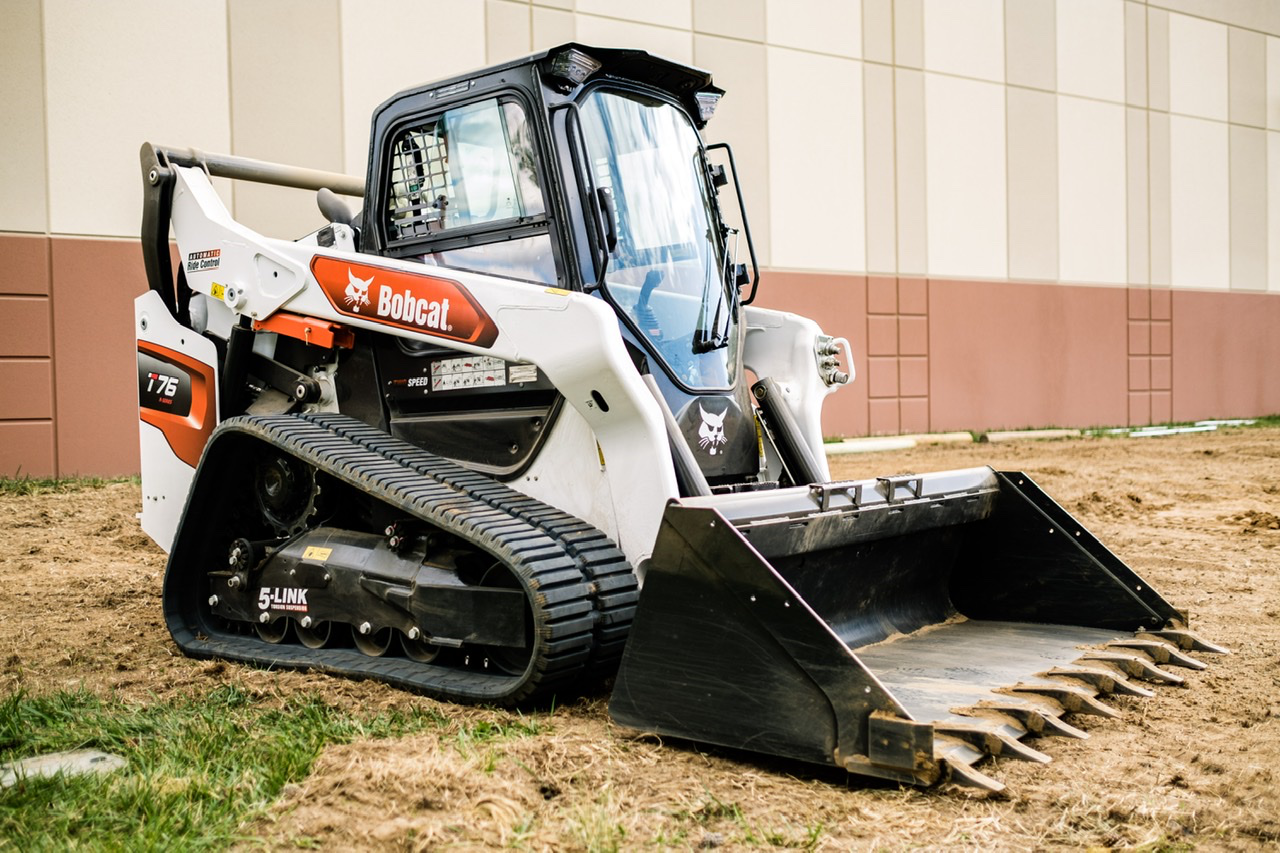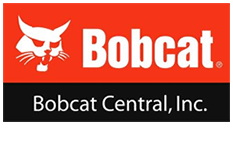Skid Steer Loader or Compact Track Loader – How to Choose?
Skid Steer Loader or Compact Track Loader – How to Choose
It’s the most popular piece of equipment on construction jobsites. It’s consistently the highest-selling machine in the construction industry. And it has been around for nearly 60 years.
The skid steer loader is a must-have in virtually every construction fleet, from general builders to landscapers, and even those offering snow and ice management services.
The compact track loader is designed to tackle tasks similar to that of a skid steer. Hallmarked by a tracked design instead of tires, it offers different operational abilities compared to its sister machine.
While it seems the only difference between a skid steer and compact track loader is tires versus tracks, there’s much more to it – especially when it comes to deciding which one you need on the jobsite.

Back to Basics
The first step in deciding if a skid steer or compact track loader is the right machine for a company is to understand the basic features and traits of each, and how those translate into unique advantages.
Both machines are known for exceptional maneuverability. Able to turn on a dime, skid steers and compact track loaders can operate in tight or awkward spaces where turning radius isn’t generous.
Skid steers are lighter than track loaders, making them easier to transport, often with less time and cost. They also have a solid reputation in the construction world, thanks to manufacturers like Bobcat that have built quality machines throughout the years.
Track loaders have the edge over skid steers in terms of operator comfort. The smooth operation of track loaders is a bit more forgiving than the rougher ride of a skid steer. Tracks also cause less disruption to the ground, reducing site clean-up time compared to a skid steer.
Once the basics are understood, it’s time to dive deeper into what separates the skid steer and the compact track loader. Most often, the decision really hinges on where the machine is going to be used.

Location, Location, Location
Not just true in the real estate world, location comes into play as a deciding factor between a skid steer and compact track loader. The location where the machine is being used is crucial because each machine is designed to perform its best in certain conditions.
Skid steers are great on harder surfaces like concrete and asphalt. While track loaders are able to operate fine on these surfaces, the harsher ground is tougher on tracks and can cause accelerated wear. Rocky conditions are also much tougher on track loaders, with the possibility of a track being damaged or cut by sharp objects – although skid steer operators too must take caution on this terrain to avoid puncturing tires.
Conversely, track loaders can operate in places skid steers would struggle including uneven, muddy, sandy, and snowy terrain. Tracks navigate well on these surfaces and the added stability makes a track loader more productive and capable of better lifting and breakout force.
While location is perhaps the most important factor in choosing a skid steer or compact track loader, good old dollars and cents may pull rank. Because, like any business decision, a machine has to make sense on the bottom line.
Cost Considerations
Operating and ownership costs vary between skid steers and compact track loaders.
In terms of time investment, skid steers and track loaders require virtually the same commitment to preventative maintenance. The only differentiating part is tires vs. tracks, and both of those should be checked on a regular basis – tire pressure on skid steers, track tension and adjustment on track loaders.
Looking at upfront and short term costs, the skid steer comes out as the more economical choice. The price tag of a track loader is higher than a comparably-sized skid steer. And the biggest wear item of a track loader, the tracks, is much more expensive than skid steer tires.
Evaluating long-term costs, compact track loaders have a bit of an edge. Tracks last several hundred hours longer than skid steer tires, in comparable operating situations. A mid-quality track typically lasts three to four times longer than conventional tires. With proper use and care, the track loader can be a sound financial choice in the long run.
Another factor to consider is downtime cost. If clean ground conditions become sloppy, a skid steer may not be able to work. A track loader, however, is designed to perform in adverse ground conditions, and the day’s productivity won’t be halted due to weather or other unforeseen circumstances.
Choosing Wisely
Reviewing these three key considerations, it’s easy to see just how individualized the choice is for a skid steer or compact track loader.
A company that sees the majority of time spent on asphalt or concrete surfaces is going to get results with a skid steer and pay a lower initial cost. Conversely, a contractor whose jobsite characteristics predominantly include uneven or sandy terrain, or those who do a good amount of work in rainy and snowy weather may find the track loader is worth the upfront cost and the investment will pay off in the long run.
When the machines’ basic features, location considerations, and overall costs are looked at with each company’s unique needs, the right decision of skid steer or compact track loader can be made.
Want to learn more? Contact Bobcat Central today and speak to one of our expert staff. We can help you decide what kind of Bobcat you need for your next jobsite.
